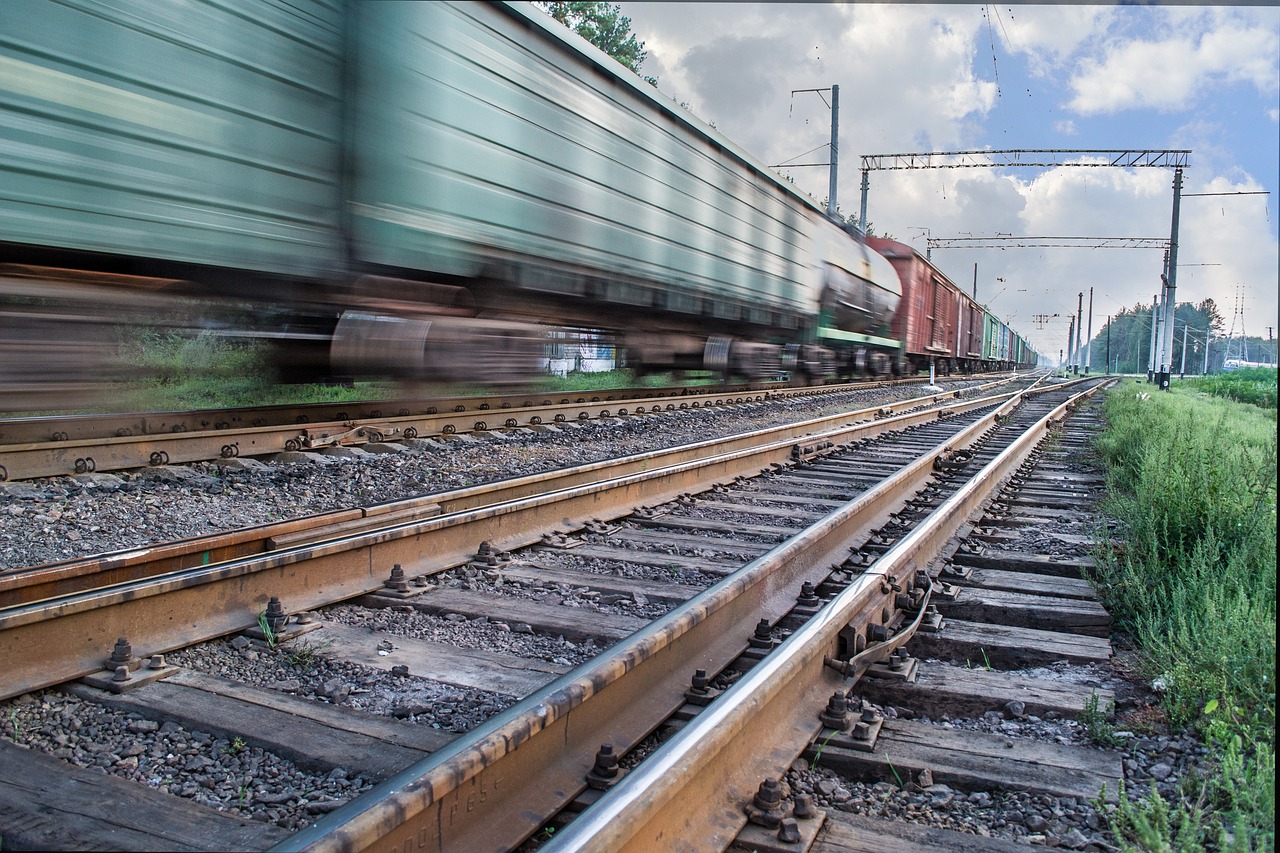The Association of Independent Railway Carriers has proposed to the Ministry of Infrastructure a gradual, five-year reduction of railway track access fees by half. This would level the playing field for freight transport, allowing it to compete with significantly cheaper road transport and free up funds for investment in new rolling stock. It would also relieve road congestion, positively impacting road conditions, driver comfort, and reducing CO2 emissions. The reduction is also necessary for the implementation of the EU’s sustainable mobility strategy, as the European Union grants member states significant flexibility in setting access fees.
“We recently proposed a program to reduce railway infrastructure access fees,” said Michał Litwin, General Director of the Association of Independent Railway Carriers, to Newseria Biznes. “As freight carriers, we pay about one billion PLN annually to PKP Polskie Linie Kolejowe for access, and we propose that this amount be reduced to around 500 million PLN over five years, thus a 50% reduction program. However, it’s important to view this not as a cost but as an investment, as it will stimulate the development of the railway market, which today suffers greatly in competition with road transport. We have 100% of the railway network covered by fees, but only about 1% of roads.”
According to the Office of Rail Transport, the total mass of goods transported by rail in 2023 was 231.7 million tons. The only worse performance in recent years was in 2020, marked by transport restrictions due to the COVID-19 pandemic. Compared to the 248.5 million tons of goods transported in 2022, this represents a 6.8% decline. In Poland, rail’s share of land freight transport was 22% in 2021 (14th among 27 European countries), with the remaining freight handled by road transport (78%).
“Competing with freight transport is very difficult. Today, for every 10 tons generated by the economy, 9 tons go by road, as it is the most convenient transport for many clients. As railways, we maintain roughly what we have, with some internal structural changes, but a bad year for us is 220-230 million tons, and a good year is 250 million tons, and this has been the case for over a dozen years,” says Michał Litwin. “These are volumes that can increase on roads within a single year, so we need to level the playing field. Reducing fees is one of the key elements of this, which is why we recently presented such a proposal.”
In April 2024, the Association of Independent Railway Carriers submitted a proposal to Piotr Malepszak, Undersecretary of State at the Ministry of Infrastructure, for “organic and strategic changes related to the functioning of PKP PLK to increase the efficiency and scale of freight transport.” The plan to halve fees over five years involves reducing the fees by 100 million PLN annually.
“The funding for this reduction should be achieved by expanding the scope of tolls for trucks on expressways and national roads,” indicate representatives of the Association. They believe that adopting the proposed fee reduction program will have positive financial consequences over time, but more importantly, it will signal to the market that the development of rail transport is a government priority. This would in turn motivate carriers to invest in new rolling stock.
“We see the possibility of linking the fee reduction to investments in new rolling stock. There are very precise ways to parameterize this. Renewing the rolling stock means orders for Polish rolling stock companies and more reliable rail transport, which will satisfy customers and make them more likely to return,” argues Michał Litwin. “Through one specific action, not very costly, we achieve more attractive rail transport due to lower costs and newer rolling stock, which in the future could mean lower road maintenance costs. We build roads, but they need maintenance, and as is known, truck transport affects this more than passenger cars, so creating better conditions for rail freight transport will mean savings on maintenance in the future.”
Reducing truck traffic density on roads would also positively impact the comfort and safety of other vehicle drivers and significantly reduce carbon dioxide emissions, one of the goals of the European Commission’s Strategy for Sustainable and Smart Mobility adopted in 2020. According to this strategy, by 2030, 30% of goods should be transported by rail. By 2050, rail freight traffic is expected to double, and the role of intermodal transport, conducted in containers via various transport routes (roads, rail, waterways), is expected to grow.
“Current European regulations provide a lot of freedom for individual infrastructure managers in different countries regarding fee calculation methods. Fees can be recalculated in almost any way. If a country decides it can contribute a bit more, fees can be reduced,” explains Michał Litwin. “The situation varies between countries and is dynamic. A few years ago, we cited Germany as an example for their successful fee reduction program, even up to 99% for new transports, but now they have decided to increase fees. Meanwhile, Poland is one of the countries with the highest infrastructure access fees in Europe.”
